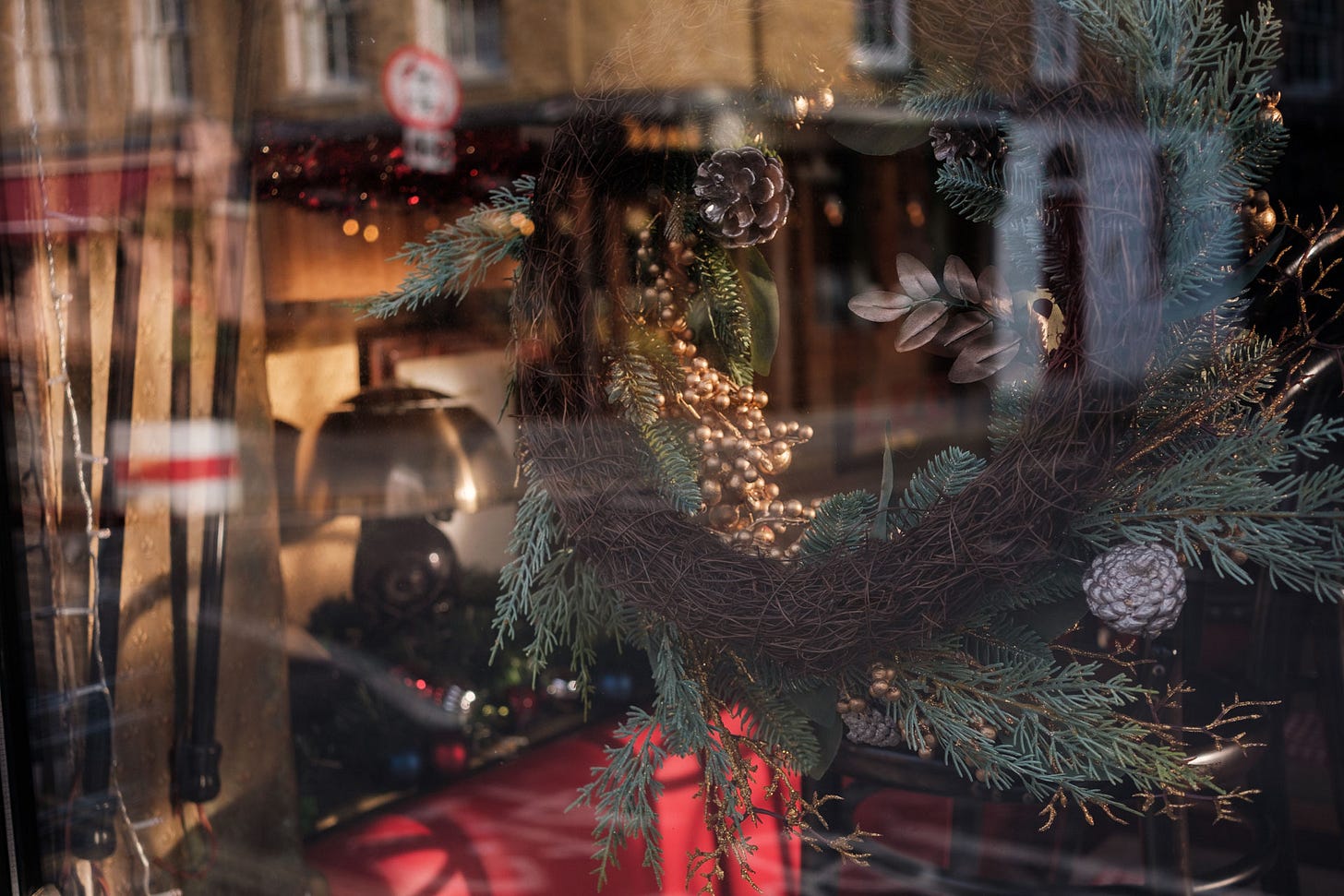When I’m worse for wear, alchohol-wise (not very often these days) and I’m walking back from a pub/club/bar etc and just want to get where I need to go – usually a train of some description – I sometimes imagine I’m ‘putting my legs on automatic’. I’ve no idea when this started, but on the basis I can walk quite fast, sensations of fatigue are significantly dulled, and a night bus or taxi may be difficult to locate, it made sense to me I could turn on a ‘walk fast mode’ without thinking about it, and it turned into a quirky habit of thinking. Writing about it now of course it seems quite silly.
More generally in life, and indeed our creative lives, getting to where we need to go is often unfortunately very much a conscious process, with all the reflection, doubt and crises of confidence and decision-making that entails. Spontaneity and unthinking seems to have no place in the bigger picture, even though they can help us make real progress without the stress of all of the above.
Automatic Pilot vs Creative Intention
We're constantly negotiating a delicate balance between intention and instinct, between carefully planned routes and unexpected detours. For me it’s also about judging too much before doing, which (as I’ve written about before) may not serve me well. Our creative and personal journeys are a complex mix of conscious decision-making and spontaneous momentum. The way we travel – mentally, creatively, professionally – is often as meaningful as the destination itself.
The Tension of Creativity
Last week I co-hosted and facilitated a roundtable with fellow CMOs discussing Cut-through thought leadership1, which was a lovely evening getting marketing-geeky about this particular challenge in our work lives. We spent 2 hours discussing the challenges of ‘making an impact’ as professionals – the constant pull between playing it safe and taking meaningful risks, often judged from a crude sales/lead gen perspective from the rest of the business. One recurring thought popped up for me: creativity needs space to create something genuinely interesting, and it’s rare to be given that space.
Our conversation also revealed something else. Most of us default to structured approaches, mapping out precise creative strategies, aligned to marketing strategy, aligned to business strategy, reporting to the board, reporting to the investors. We project potential outcomes, try to predict trajectories, build frameworks that promise predictability (or at least a few data points we can report on). But creativity rarely follows a straight line. It meanders, doubles back, takes unexpected turns, needs to explore wider spaces as much as target a specific niche or other.
The Architecture of Unexpected Connections
My long-standing definition of creativity has always been about connection - linking ideas, people, and content in ways that are unexpected, surprising, or even seemingly illogical. So we need a balance between structured thinking and open-minded exploration, not easy in a business context. External factors become crucial catalysts – random conversations, unexpected experiences, moments of unplanned intersection that suddenly illuminate a new perspective. So in our personal, non-business-y work, we should remind ourselves to exploit the luxury of exploration and not take it for granted.
David Bowie has a cool quote for this need to stretch ourselves into new areas: "If you feel safe in the area you're working in, you're not working in the right area." Safety – or at least predictability – is the enemy of creativity, but so is constant (self) analysis. The most compelling creative work emerges when we allow ourselves to switch, flip flop between intentional focus and spontaneous discovery – tricky in business, but not that easy in more personal work either, particularly when your legs habits are set on automatic to get somewhere.
Creating with Authenticity
So here's an invitation – to embrace both the planned and the spontaneous in our creative journey. How can we create structures that allow for unexpected discovery? Where might we loosen your grip on control and allow for moments of unthinking creativity? If you’re working as part of a team, how can you give others the space – or help them find it – to embark on their own little creative journey without obvious landmarks?
The most interesting creative path is rarely a straight line.








